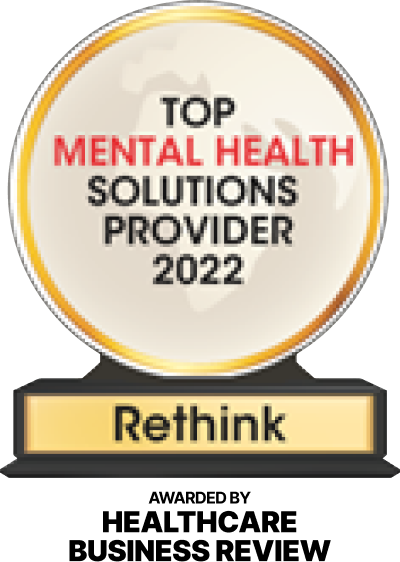A record 4.3 million Americans quit their jobs in August 2021, according to data from the U.S. Bureau of Labor statistics. Many employers are finding their back-to-office planning disrupted by an unprecedented war for talent, as workers remain historically reluctant to rejoin the workforce.
To build a strategy for effective recruitment and retention in this environment, employers must understand the critical state of mental health in the workplace. A look at recent research shows that many workers are struggling, they feel limited by the stigma surrounding mental-health issues and they are seeking more support from their employers.
This Is Where We Stand:
- Most employees are experiencing early signs of burnout, according to Mental Health America’s 2021 Mind the Workplace report. Nearly 83% of respondents reported feeling emotionally drained from their work. More than 23% of respondents reported that they don’t care what happens to their colleagues of clients—a sign of severe burnout.
- Nearly 3 in 5 employees said they feel their employer does not provide a safe environment for employees who live with mental illness, Mental Health America’s survey found. More than 56% of respondents to this survey reported that they are seeking new employment opportunities.
- In a survey of adults 18 years and older conducted in June 2020 by the Centers for Disease Control and Prevention (CDC), 40.9% of respondents reported at least one adverse mental or behavioral health condition. The survey found a 25.5% prevalence of symptoms of anxiety disorder—more than three times the prevalence found in the second quarter of 2019. The prevalence of depressive disorder, at 24.3%, was more than four times higher than the level found in 2019.
- To cope with this, approximately 1 in 10 respondents reported that they had started or increased substance use because of COVID-19. Ten percent of respondents reported serious consideration of suicide in the previous 30 days.
Who is Experiencing These Issues:
- According to the same study, mental health conditions were found to disproportionately affect young adults, Hispanic and Black individuals, essential workers, unpaid caregivers for adults and those who had preexisting psychiatric conditions.
- In another study released in September by the Johns Hopkins Center for Health Security at the Bloomberg School of Public Health, 53% of frontline healthcare workers surveyed reported moderate or severe stress related to the pandemic, and 47% reported some feelings of burnout.
- Women especially are reporting higher levels of stress and increased pressures. In the 2021 Deloitte Global Women @ Work research, only 33% of respondents described their mental well-being as “good” or “extremely good”, compared with 68% pre-pandemic.
- Young people are facing challenges, too, according to this research. The report states that 41% of millennials and 46% of Gen Zs feel anxious or stressed all or most of the time.
Stigma Still Exists Around Mental Health:
- According to Deloitte, this points to continuing stigma around mental health in the workplace, despite the increasing focus on the issue we’ve witnessed during the pandemic. In fact, only 38% of millennials and 35% of Gen Zs have felt comfortable enough to speak openly with their direct supervisors about the stress they’re feeling. And approximately 40% say their employers have done a poor job supporting their mental health during the pandemic.
- McKinsey & Company research in April 2021 found that there is a pronounced disconnect between the way employers and employees view the issue of stigma. While 79% of employees surveyed reported that an anti-stigma campaign in their workplace would be helpful, only 23% of employers reported that they had implemented such a campaign in the past year.
How This Is Affecting Workers and Employers:
- That same survey revealed that about one-third of respondents have taken time off work due to stress and anxiety caused by the pandemic.
- But even before the pandemic, Research by the Lancet Commission conducted in 2018 estimated the financial impact of stress and anxiety on productivity and performance could cost the global economy up to $16 trillion by 2030. That figure is likely to be revised upward as we emerge from the COVID-19 pandemic.
- The Integrated Benefits Institute (IBI) analyzed data from the Household Pulse Survey conducted by the US Census Bureau and found that employees who work remotely had the greatest levels of anxiety or depression disorder, at a prevalence rate of 41% compared to employees who continued to work in person (36%), or already were working remotely before the pandemic (35%).
What to Do:
- IBI found that when employers ensured their employees received counseling when needed, they reduced the likelihood of mental health symptoms by between 8 and 36%, depending on how effectively employees’ needs were met.
- The authors of the Johns Hopkins study recommended that employers—especially healthcare organizations—ensure the availability of employee support programs.
RethinkCare, believes that employers have an important role to play in improving mental health outcomes for their workers, and supports them in doing just that. Supporting employees by offering mental health resources is not only the right thing to do—it makes your companies stronger going forward.
To learn more about the new RethinkCare platform, request a demo.










